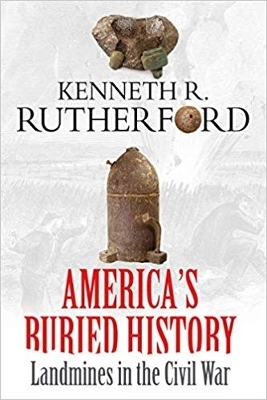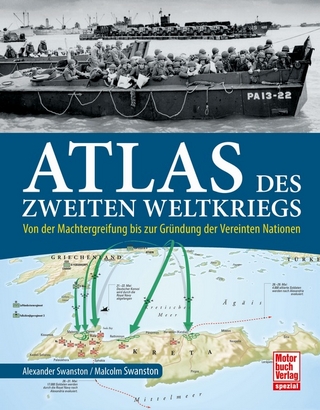
America’S Buried History
Savas Beatie (Verlag)
978-1-61121-453-6 (ISBN)
Modern mechanically fused high explosive and victim-activated landmines were used for the first time in the world’s history on a widespread basis in the American Civil War. The first American to die from a victim-activated landmine was on the Virginia peninsula in early 1862 during the siege of Yorktown. The controversial weapon, which was concealed on or beneath the ground, was built for one purpose: to kill or maim enemy troops. The weapon was the brainchild of Confederate General Gabriel J. Rains, who had experimented with explosive booby traps in Florida two decades earlier during the Seminole Wars. By the end of the war in 1865, some 2,000 “Rains mines” had been built and deployed in the field around Richmond. Simultaneously, other Confederate officers and soldiers also developed a sundry of landmine varieties, including command controlled and victim activated, across the Confederacy.
The Confederacy abandoned common practices in favor of innovative approaches that would help them overcome the significant deficits in materiel and manpower. The South’s reliance on these weapons pushed the limits of nineteenth century technology against a backdrop of a deteriorating military situation, setting off explosive debates inside the Confederate government and within the ranks of the army over the ethics of using “weapons that wait.” As the Confederacy’s fortune dissipated, its military leaders sought creative ways to fight, including leveraging low-cost weapons with minimal material inputs. This became an important factor in the increased support and attention landmines received from Confederate leaders. As the Civil War progressed, Southern military men continued to develop landmines with technological ingenuity adapted to local circumstances. Confederate soldiers manufactured landmines and also configured spur-of-the-moment landmines in a relatively ad hoc manner, often recycling unexploded Union ammunition. These debates over the ethics of mine warfare did not end in 1865.
Dr. Rutherford, who is known worldwide for his decades of work in the landmine discipline, brings together primary and other research from archives, museums, and battlefields to demonstrate that the Civil War was the first military conflict in world history to see the widespread use of such weapons. His study contributes to the literature on one of the most fundamental, contentious, and significant modern conventional weapons. According to careful estimates, by the early 1990s, landmines were responsible for more than 26,000 deaths each year worldwide.
America’s Buried History traces the development of landmines from their first use before the Civil War, to the early use of naval mines, through the establishment of the Confederacy’s Army Torpedo Bureau, the world’s first institution devoted to developing, producing, and fielding mines in warfare. As Dr. Rutherford demonstrates, landmines transitioned from “tools of cowards” and “offenses against democracy and civilized warfare” to an accepted form of warfare.
Kenneth R. Rutherford received his PhD from Georgetown University and BA and MBA degrees from the University of Colorado. He is known for his decades-long work in the landmine discipline, including as co-founder of the Landmine Survivors Network. Rutherford was a prominent leader in the International Campaign to Ban Landmines which won the 1997 Nobel Peace Prize. A professor of political science at James Madison University, he directs the university’s Center for International Stabilization and Recovery, which for more than 21 years has been recognized as a global leader in international efforts to combat the effects of landmines and explosive remnants of war. He also publishes the longest running publication on landmines, The Journal of Conventional Weapons Destruction. He is the author of more than 40 journal articles and two books, including Disarming States: The International Movement to Ban Landmines (Praeger, 2010) and co-editor of two books, including Landmines and Human Security: International Politics and War’s Hidden Legacy (SUNY Press, 2006).
| Erscheinungsdatum | 20.11.2019 |
|---|---|
| Zusatzinfo | 17 images, 14 maps |
| Verlagsort | El Dorado Hills |
| Sprache | englisch |
| Maße | 152 x 229 mm |
| Themenwelt | Sachbuch/Ratgeber ► Geschichte / Politik ► Allgemeines / Lexika |
| Natur / Technik ► Fahrzeuge / Flugzeuge / Schiffe ► Militärfahrzeuge / -flugzeuge / -schiffe | |
| Geisteswissenschaften ► Geschichte ► Regional- / Ländergeschichte | |
| Geschichte ► Teilgebiete der Geschichte ► Militärgeschichte | |
| Sozialwissenschaften ► Politik / Verwaltung | |
| ISBN-10 | 1-61121-453-X / 161121453X |
| ISBN-13 | 978-1-61121-453-6 / 9781611214536 |
| Zustand | Neuware |
| Haben Sie eine Frage zum Produkt? |
aus dem Bereich


